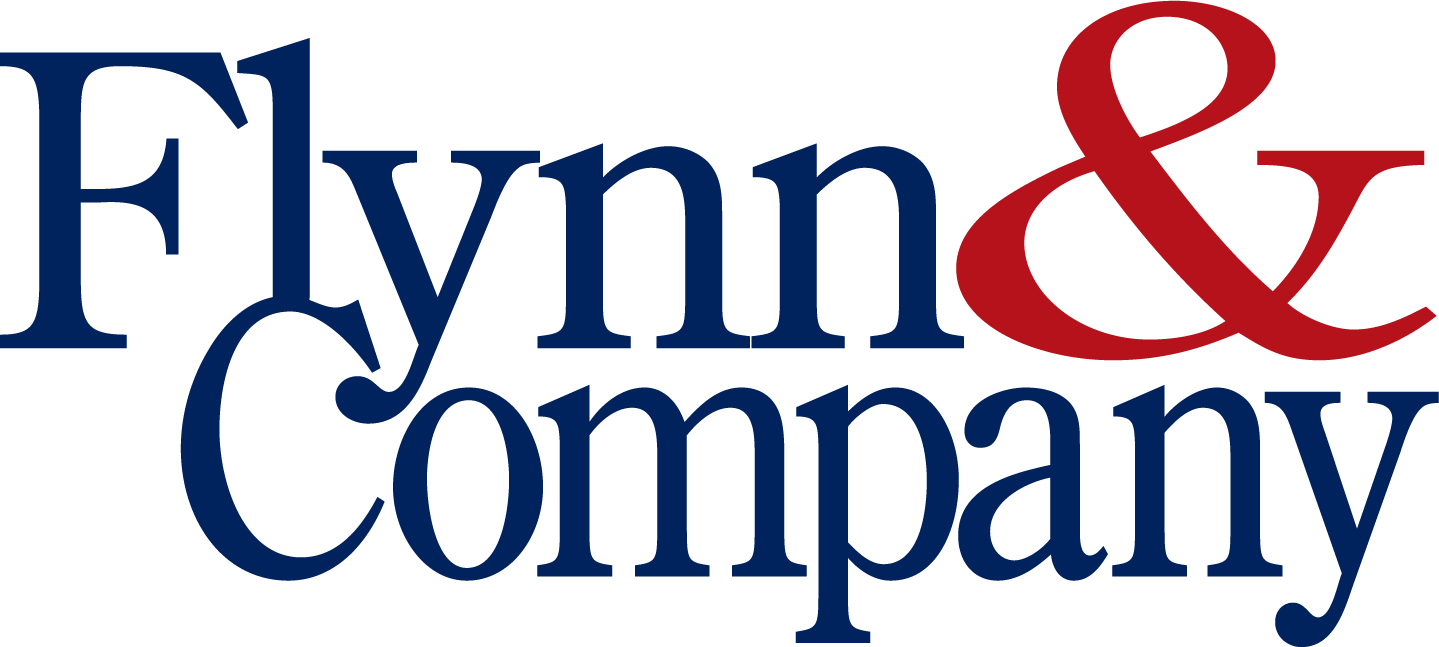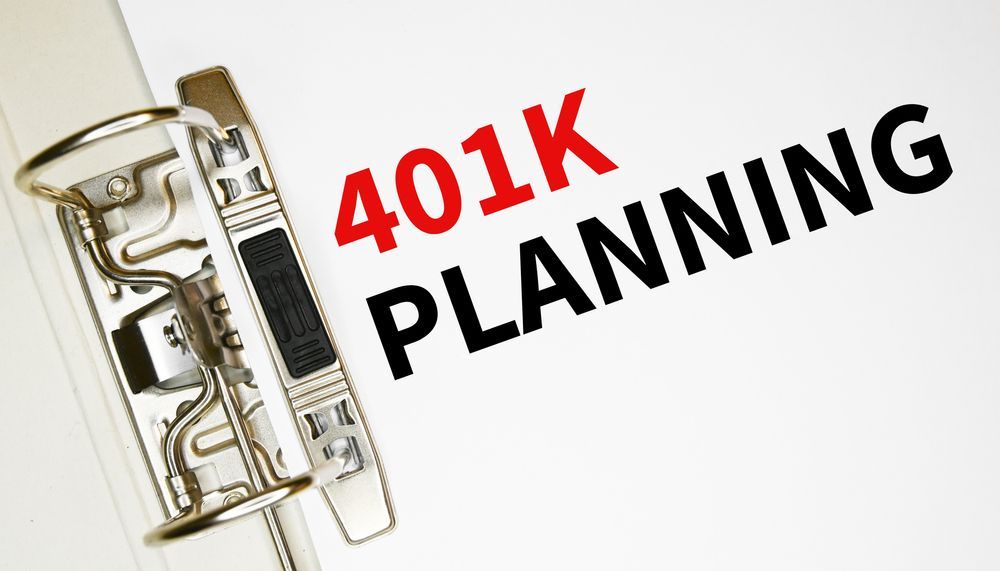Year-End Corporate Tax Planning Strategies 2025
Summer may still be in full swing, but smart businesses are already turning their attention to year-end tax planning. At mid-year, there’s a window of opportunity, far enough from year-end to be strategic, but close enough that decisions made in the coming weeks will have a real impact. This is the time to look closely at your financials, assess where things stand, and take proactive steps to reduce your 2025 tax liability. Waiting until the fourth quarter often limits your flexibility. A thoughtful approach now can lead to meaningful tax savings, smoother year-end reporting, and a stronger financial position heading into the new year.
Use Mid-Year Financials to Guide Year-End Tax Strategy
Now is also the right time to identify and act on opportunities that can reduce your taxable income before year-end. Waiting until December limits your ability to take advantage of valuable deductions and credits that may require upfront planning, documentation, or timely purchases.
Start by reviewing projected taxable income. If earnings are trending higher than expected, you may want to accelerate deductible expenses, such as equipment purchases, repairs, or contributions to retirement plans. Certain credits, like the Research & Development (R&D) credit or energy efficiency incentives, require qualified activities or investments that must occur within the tax year.
It’s also worth looking into expiring provisions or phased-out credits under recent tax changes. Taking a proactive approach allows you to document eligibility, meet deadlines, and fully capture available tax benefits, especially those tied to hiring, training, or capital reinvestment. Connecting with your CPA now can help uncover lesser-known credits and assess which deductions align best with your long-term goals.
Mid-Year Financial Review Checklist
Use this checklist to guide your mid-year financial analysis and identify tax planning opportunities:
- Year-to-Date (YTD) Income Statement (Profit & Loss)
Review revenue, cost of goods sold, and operating expenses for trends and variances. - Balance Sheet
Analyze assets, liabilities, and equity to evaluate your financial position and liquidity. - Cash Flow Statement
Assess how cash is moving in and out of the business—critical for timing tax-related decisions. - Budget vs. Actual Report
Compare projections to actual performance to flag over- or under-spending. - Accounts Receivable & Payable Aging Reports
Identify cash flow risks, slow-paying customers, or liabilities that should be addressed. - Capital Expenditures Report
Track current asset purchases and plan for potential year-end investments or depreciation strategies. - Payroll Summary Reports
Evaluate compensation expenses and prepare for potential year-end bonuses or benefits adjustments. - Loan Amortization Schedules
Understand debt obligations and interest expenses that may impact deductions. - Inventory Valuation Reports (if applicable)
Assess inventory levels and potential write-downs for tax efficiency.
Maximize Year-End Deductions and Tax Credits
Now is also the right time to identify and act on opportunities that can reduce your taxable income before year-end. Waiting until December limits your ability to take advantage of valuable deductions and credits that may require upfront planning, documentation, or timely purchases.
Start by reviewing projected taxable income. If earnings are trending higher than expected, you may want to accelerate deductible expenses, such as equipment purchases, repairs, or contributions to retirement plans. Certain credits, like the Research & Development (R&D) credit or energy efficiency incentives, require qualified activities or investments that must occur within the tax year.
It’s also worth looking into expiring provisions or phased-out credits under recent tax changes. Taking a proactive approach allows you to document eligibility, meet deadlines, and fully capture available tax benefits, especially those tied to hiring, training, or capital reinvestment. Connecting with your CPA now can help uncover lesser-known credits and assess which deductions align best with your long-term goals.
Strategically Time Income and Expenses
At this point in the year, you have enough visibility into performance to start adjusting how and when income and expenses are recognized. Strategic timing can make a meaningful difference in your year-end tax position, especially for closely held or pass-through entities.
If you're expecting strong year-end profitability, you may consider deferring revenue into the next tax year (when appropriate and allowed under your accounting method). Conversely, accelerating deductible expenses into the current year can reduce taxable income and improve cash flow.
Timing strategies may include prepaying expenses, scheduling vendor payments, or shifting planned purchases into Q4. On the income side, delaying invoicing for certain contracts until January may offer a deferral opportunity. Be sure to weigh these tactics against cash flow needs and long-term objectives. A mid-year conversation with your tax advisor can help you determine which levers to pull before the window of opportunity closes.
Evaluate Depreciation Options and Asset Purchases
If you’re exploring how additional capital investments might enhance operational performance and improve tax efficiency, now is an ideal time to evaluate your options. Asset purchases made and placed in service before year-end may qualify for accelerated depreciation methods, such as Section 179 expensing or 100% bonus depreciation. However, the latter is currently phasing down under existing tax law.
A mid-year review of current fixed assets, upcoming equipment needs, and year-to-date taxable income can help determine if new purchases make strategic sense. For some businesses, investing in machinery, technology, or vehicles before year-end may not only improve operations but also provide a meaningful tax deduction.
Keep in mind that timing matters: to qualify for 2025 depreciation, the asset must be both acquired and in use before December 31. Planning ahead gives you time to evaluate ROI, secure financing if needed, and avoid supply chain delays that could push delivery into next year. Your CPA can model the tax impact of potential investments and help align purchases with broader financial goals.
Analyze Year-End Compensation and Benefit Strategies
When it comes to compensation planning, this is a key area where mid-year adjustments can support both employee retention and tax efficiency. Reviewing your current payroll structure, bonus plans, and benefits now gives you the flexibility to make meaningful changes before year-end.
If the business is performing well, now is the time to model potential year-end bonuses or profit-sharing contributions. Structuring these payments before December 31 can offer a tax deduction in the current year, while also serving as a valuable retention tool during a competitive labor market. For pass-through entities, compensation planning can also affect the owner’s qualified business income (QBI) deduction.
Mid-year is also ideal for evaluating retirement plan contributions, such as 401(k) matching or setting up a SEP or SIMPLE IRA if one isn’t already in place. Fringe benefits, like health reimbursement arrangements (HRAs), education assistance, or transportation benefits, may provide additional deductions and improve employee satisfaction when implemented in time.
Plan for State and Local Tax (SALT) Implications
State and local tax obligations can have a significant impact on your overall tax position, especially if your business operates across multiple jurisdictions. A mid-year review allows you to catch potential exposure early, manage estimated payments, and take advantage of planning strategies before it’s too late to act.
Now is the time to assess your current nexus footprint. Have you added remote employees, expanded operations, or shipped into new states? These changes can trigger new filing requirements, sales tax obligations, or income tax liabilities that carry penalties if left unaddressed.
It’s also important to evaluate pass-through entity (PTE) tax elections where available. Several states now allow these elections to help business owners work around the federal SALT deduction cap, potentially reducing their federal income tax. However, these elections often come with specific deadlines and estimated payment rules that require planning in advance.
Prepare Now for 2026 Tax Law Changes
Several major provisions from the 2017 Tax Cuts and Jobs Act (TCJA) are scheduled to expire at the end of 2025. That means the tax environment for individuals and businesses could shift significantly starting in 2026, which makes this the right time to start planning ahead.
Here are some key changes we know are coming under current law:
What’s Scheduled to Expire or Change in 2026:
Individual Tax Rates Will Increase
The seven tax brackets will return to pre‑TCJA rates, raising top marginal rates back to 39.6% (from 37%) starting January 1, 2026.
Qualified Business Income (QBI) Deduction Will End
The 20% deduction for pass-through income (Section 199A) is set to expire, increasing taxable income for S corporation shareholders, partnerships, and sole proprietors.
Standard Deduction Will Decrease
The nearly doubled standard deduction will revert to lower levels, resulting in more taxpayers itemizing or seeing increased taxable income.
State and Local Tax (SALT) Deduction Cap Could End or Change
The $10,000 cap on SALT deductions is scheduled to expire. Depending on future legislation, it could be removed, extended, or replaced with a modified version.
Estate and Gift Tax Exemption Will Drop
The lifetime exemption is scheduled to fall by about half, from approximately $13.6 million per person (in 2024 dollars) to around $7 million or less.
Miscellaneous Itemized Deductions Return
Deductions that were eliminated or limited under TCJA, such as unreimbursed employee expenses, may return.
Corporate AMT May Be Reinstated
Though not automatic, lawmakers may consider reintroducing a version of the corporate alternative minimum tax.
While these changes are scheduled under current law, upcoming elections and legislative priorities could reshape the tax code again. There’s speculation that Congress may seek to extend some TCJA provisions for individuals or restructure corporate tax rules. Business owners should also keep an eye on discussions around capital gains tax treatment, payroll tax thresholds, and changes to retirement plan contributions.
Because much of what happens in 2026 will depend on future political and economic developments, 2025 presents a unique opportunity to lock in favorable rates, finalize succession or gifting strategies, and restructure compensation or entity choices while the current rules still apply. Your CPA can help evaluate these options in context and build a strategy that stays flexible, even if the tax code shifts.
Partner with Flynn & Company for Strategic Tax Planning
Effective tax planning starts long before the year ends. The months ahead offer a valuable window to evaluate your financial position, adjust your strategy, and take action while the full range of options is still available. Flynn & Company provides practical, insight-driven support to help business leaders make decisions that align with both short-term goals and long-term priorities.
We bring decades of experience working alongside closely held businesses across industries like manufacturing, construction, and professional services. Our team understands how to identify opportunities, navigate complex regulations, and reduce risk, so you can move forward with clarity and confidence.
Now is the time to prepare. Contact Flynn & Company to schedule a year-end planning conversation and put a strategy in place that supports your success well beyond tax season.
The details outlined above are based on federal tax laws and regulations in effect as of July 2025. Future legislative updates may alter current provisions and create new planning considerations. For guidance that reflects the latest changes and is tailored to your business, we encourage you to connect with a tax advisor at Flynn & Company.





